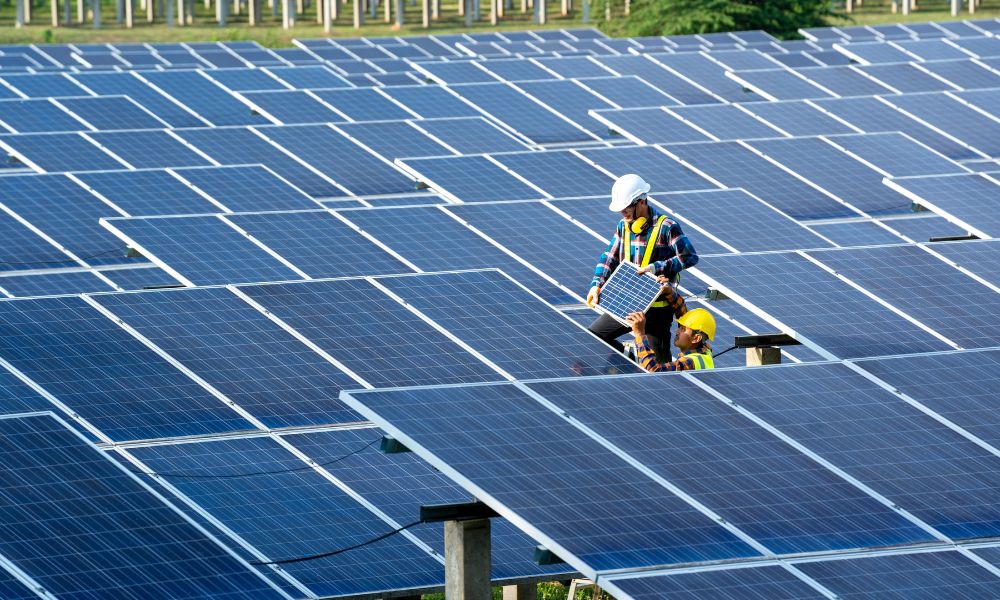“Regulatory reform has a role to play in encouraging investment in solar to achieve this type of growth,” he said.
“Upcoming changes to the Resource Management Act and the Overseas Investment Act, for example, should help to minimise compliance costs and make it easier for on- and offshore investors to invest in solar power, especially utility-scale solar.”
Other barriers include battery storage costs, financing difficulties for large solar farms without offtake agreements, and potential community opposition.
“Early/ongoing stakeholder engagement and clarifying the benefits of having cheap distributed power is key,” Clark said.
Households seeing payback potential
Residential solar is also becoming more attractive. The average household now pays around $2,400 a year in electricity, up 23% since 2019. Westpac notes that the payback period for solar has shortened to five to seven years for a typical 5kW system.
